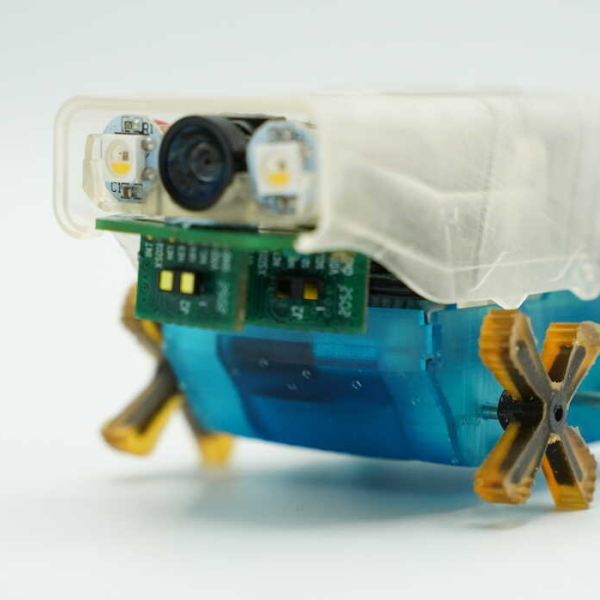
This synthesizer relies solely on an FPGA for key detection and sound synthesis. [Chris] and [Joe] built it for their final project at Cornell. The hardware implementation includes velocity sensing for the keys. While at rest, each key contacts a strip of copper foil. A matching strip of foil contacts the key when it is depressed. The velocity data is extrapolated by detecting when a key leaves the rest state and arrives at the depressed state. Sound synthesis is handled in hardware using the Karplus-Strong string synthesis method. If you want to hear what it sounds like, they’ve posted a video (MP4) that shows off the creation. It sounds like an electric piano to us, so mission accomplished.
















Is there an option for true piano?
Nice! gotta love the calclators holding the thing up. I was actually considering buying one of those FPGA dev kits they’re using. We have them at our university (University of Missouri-Rolla)
Very impressive.